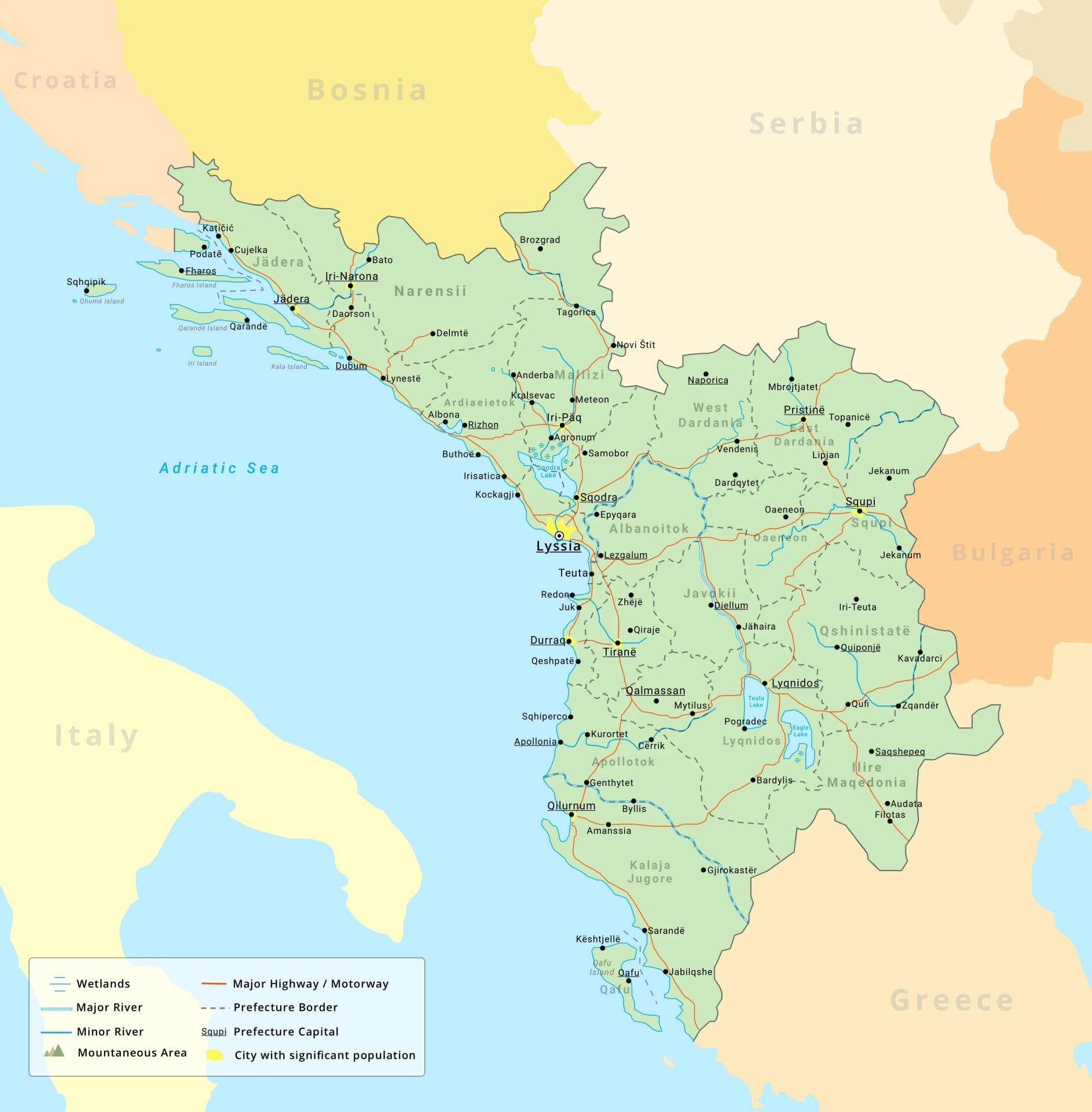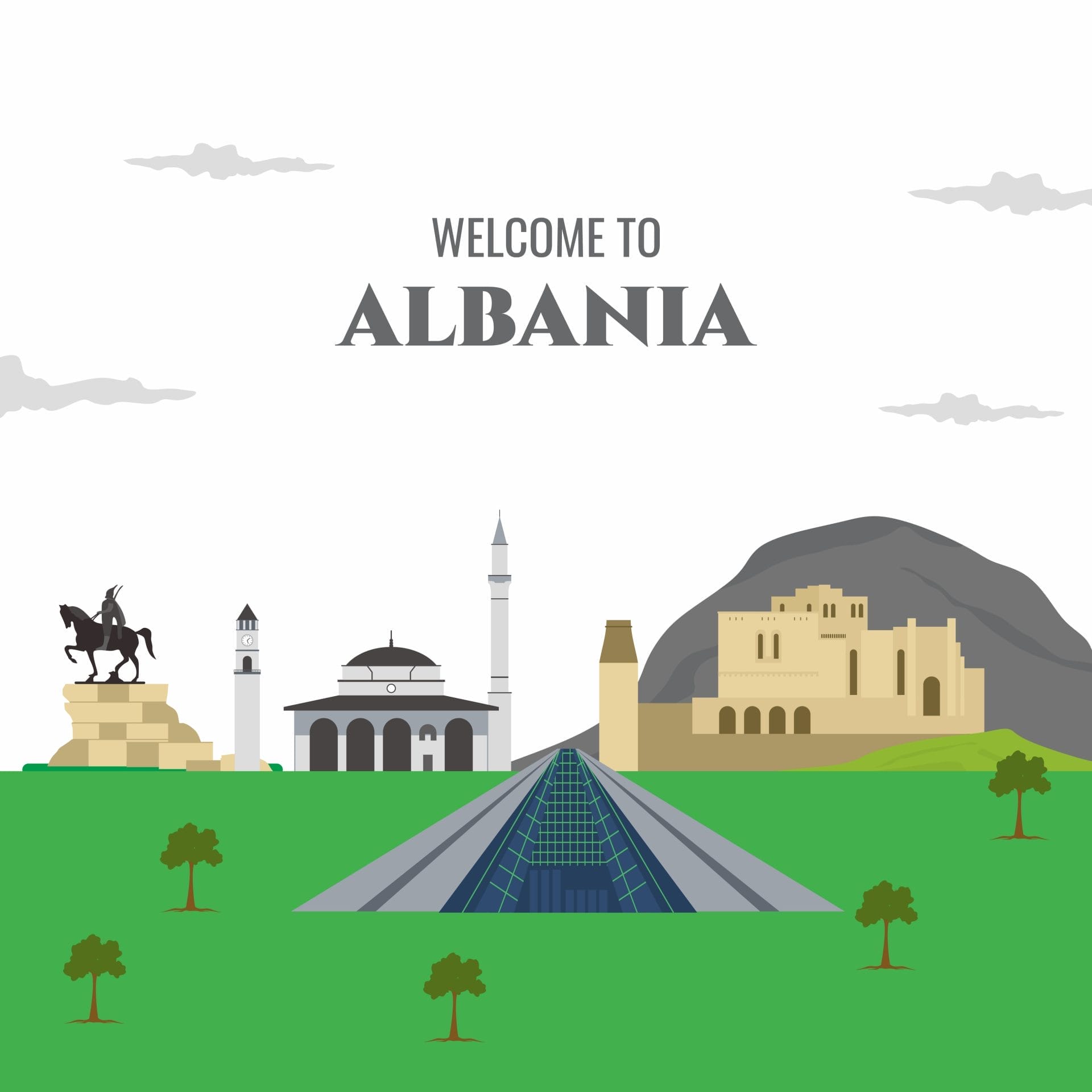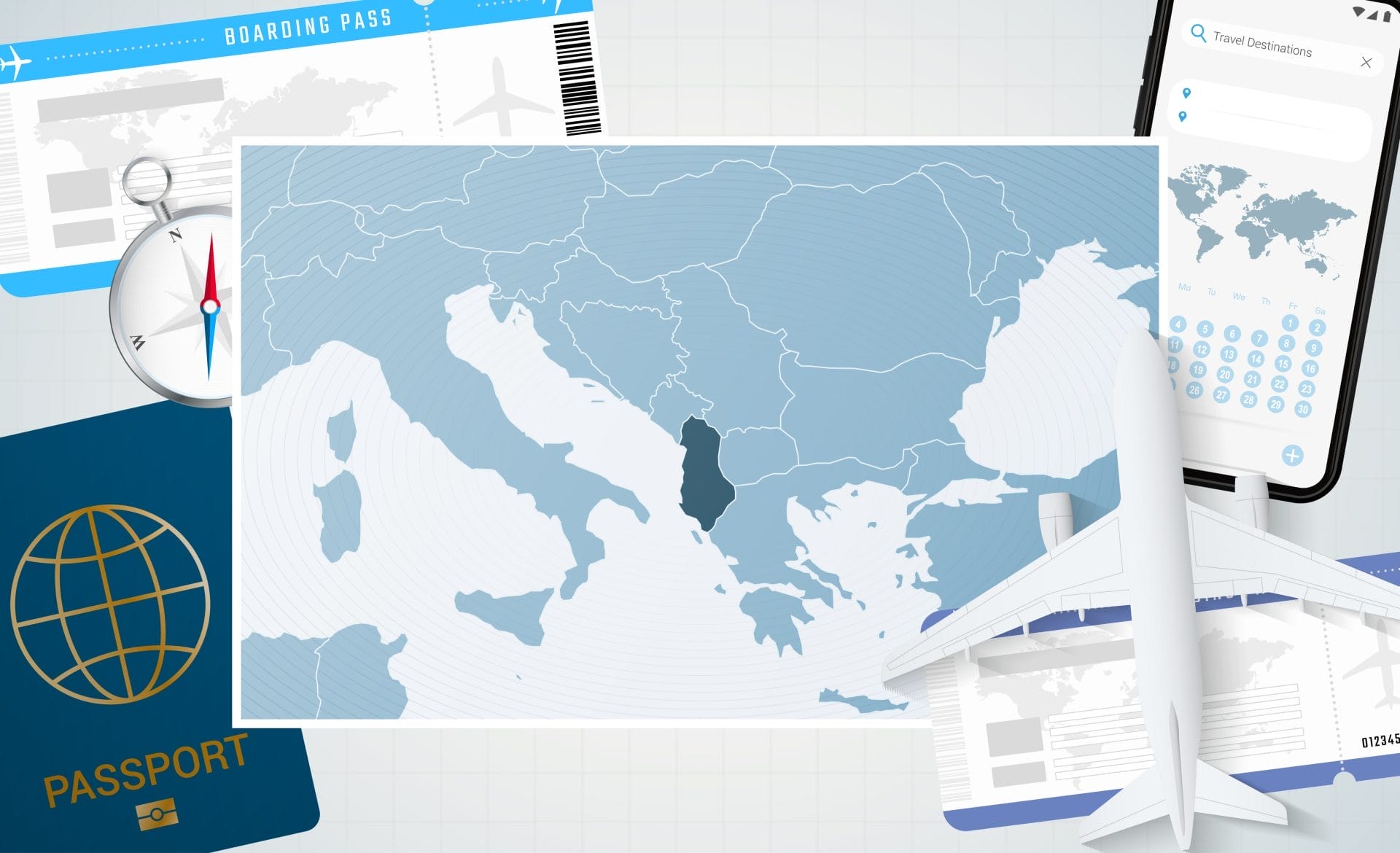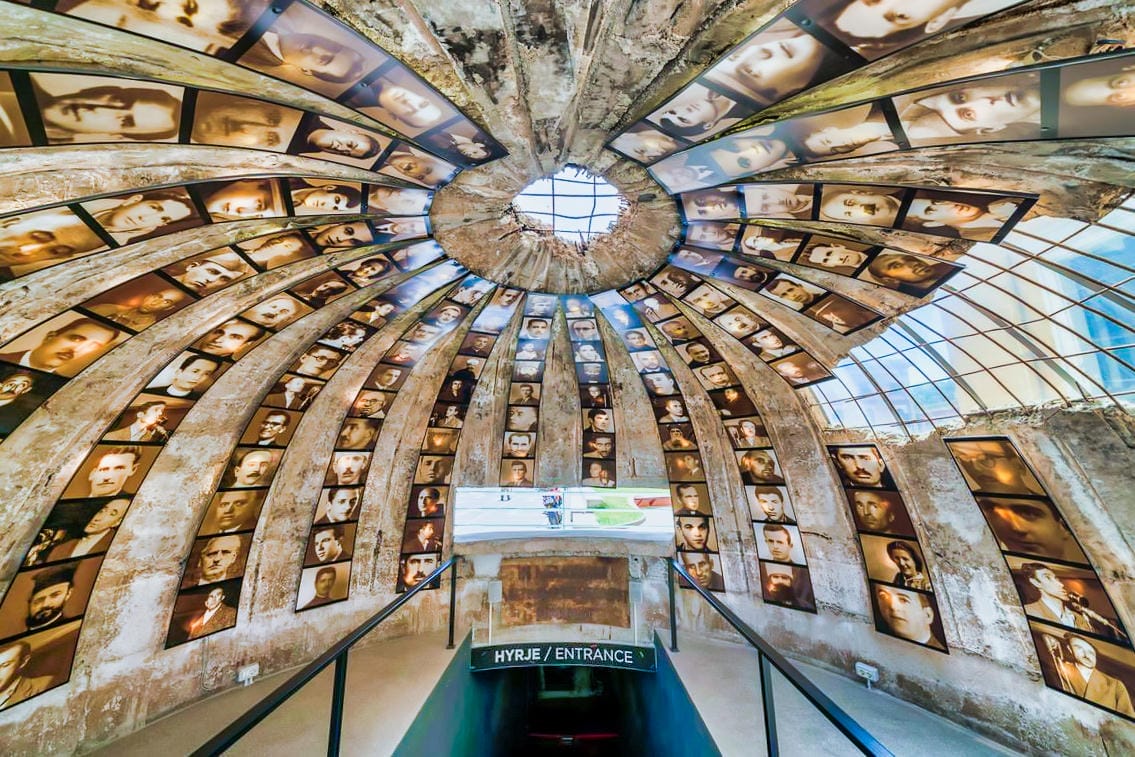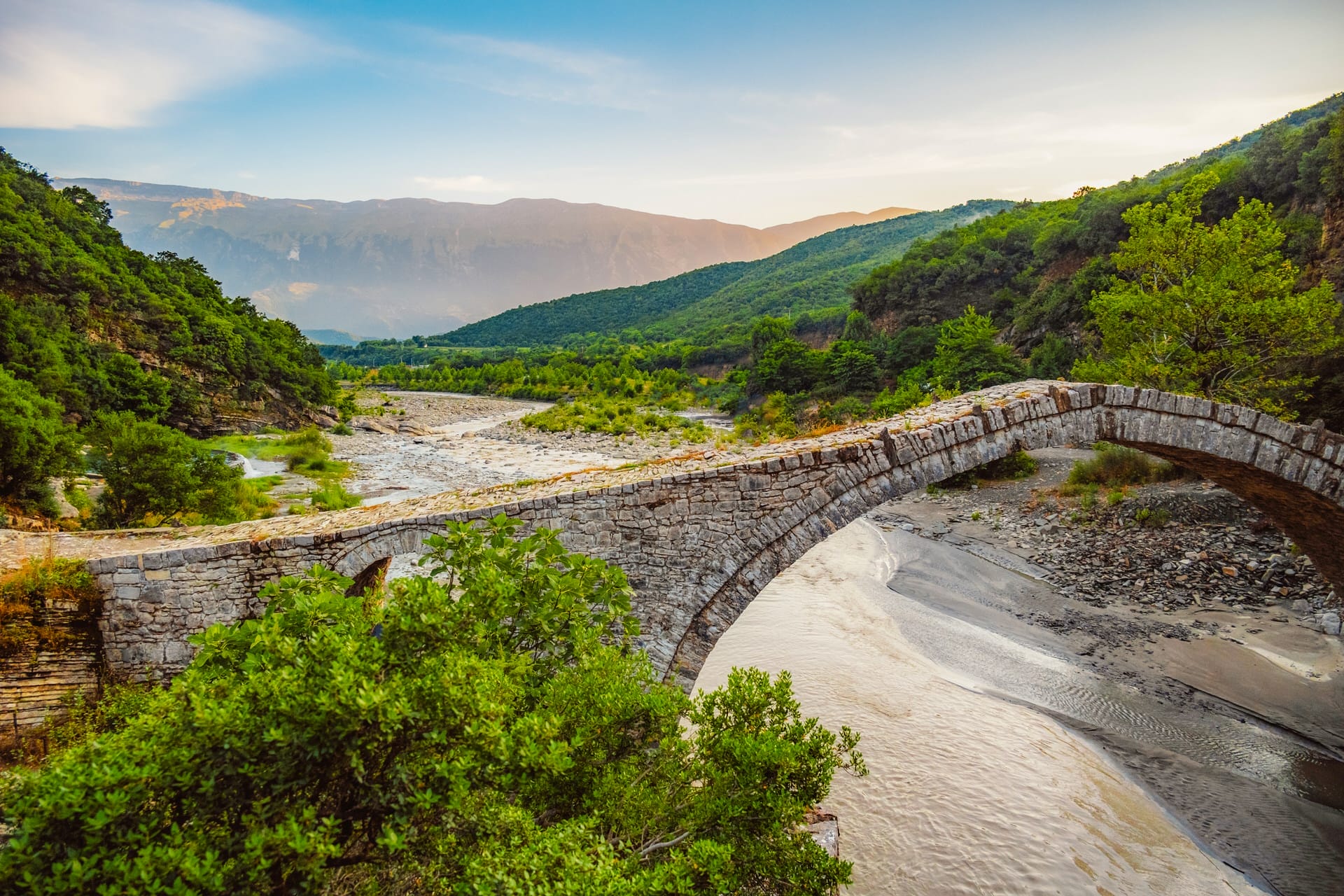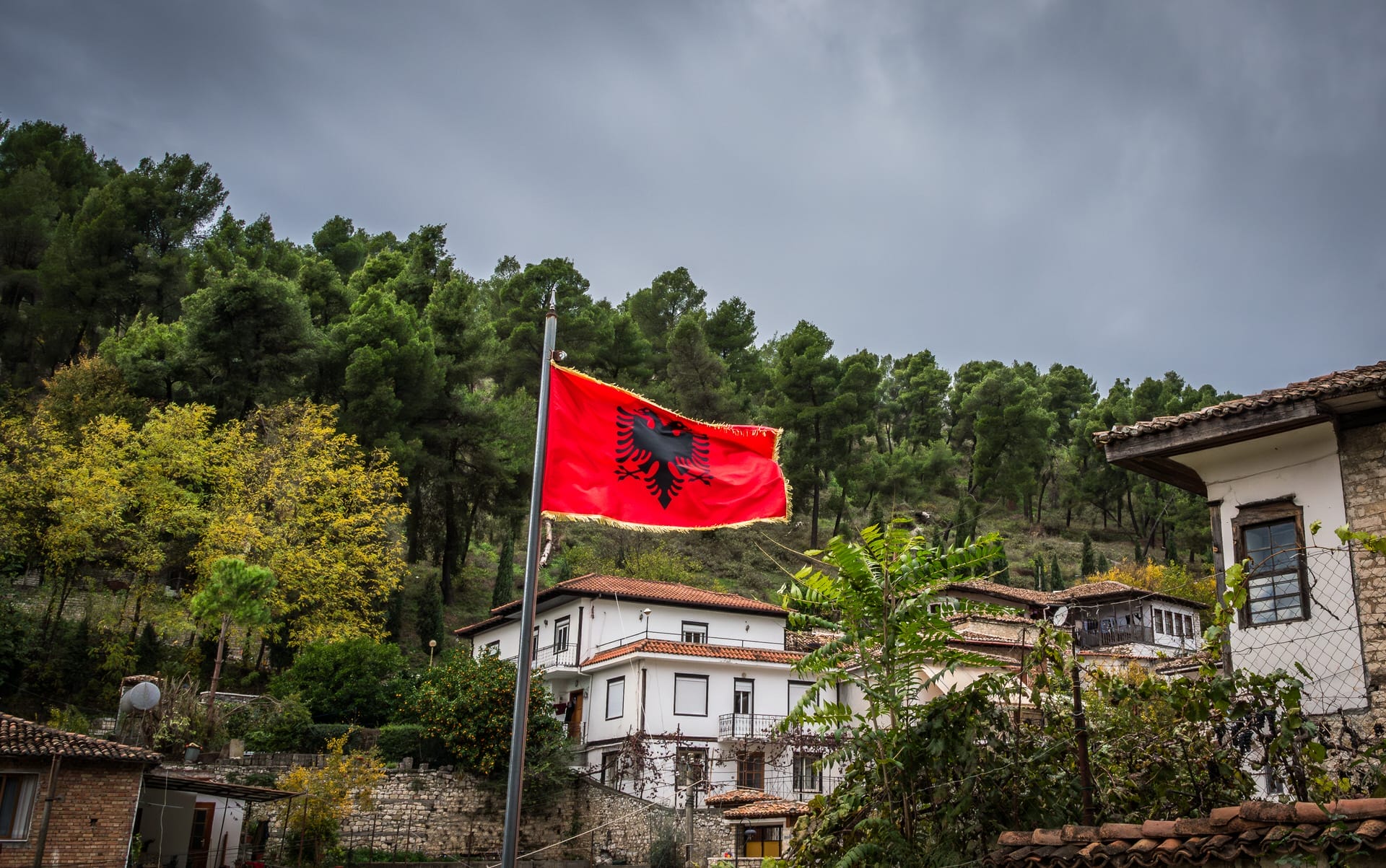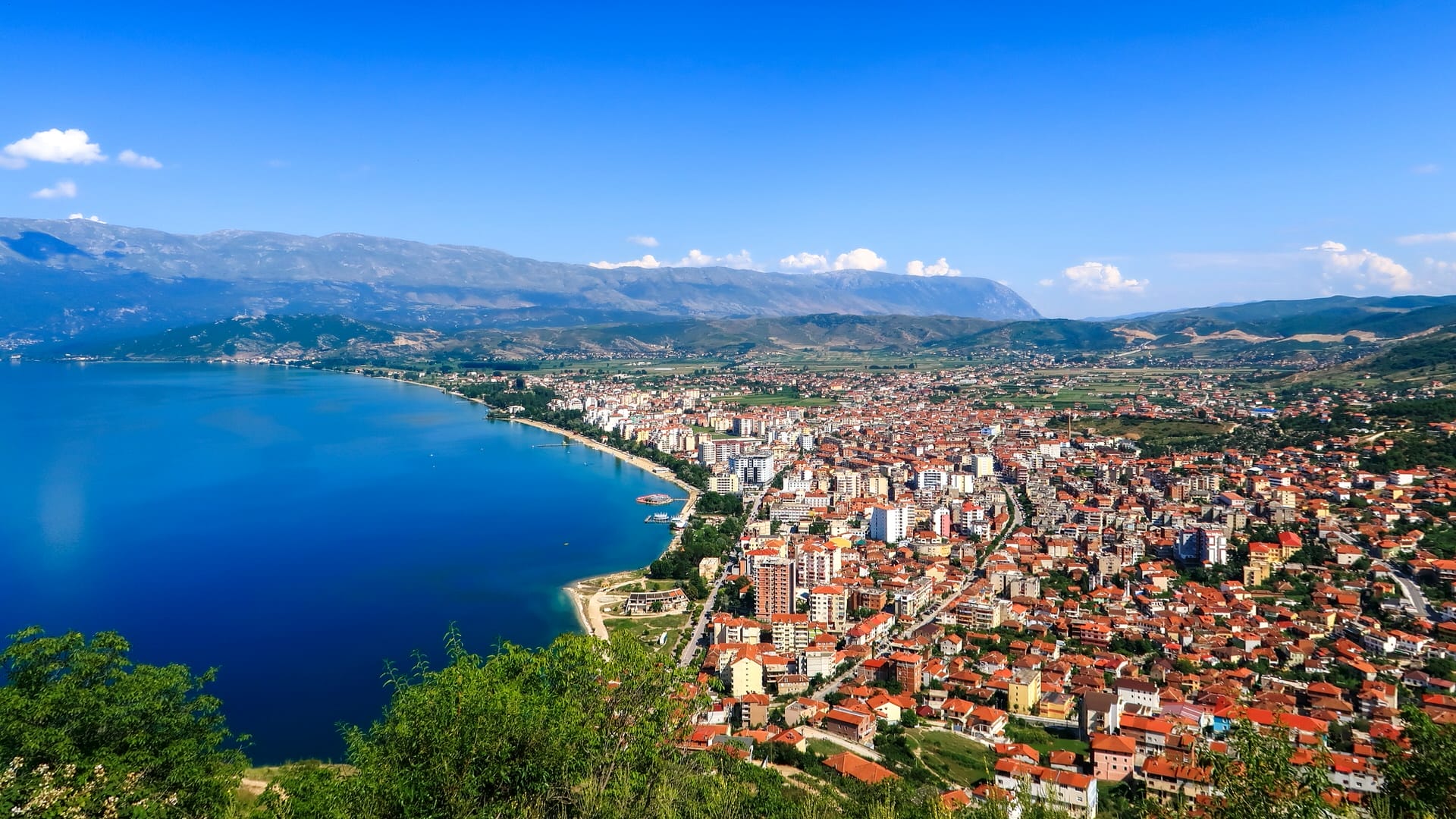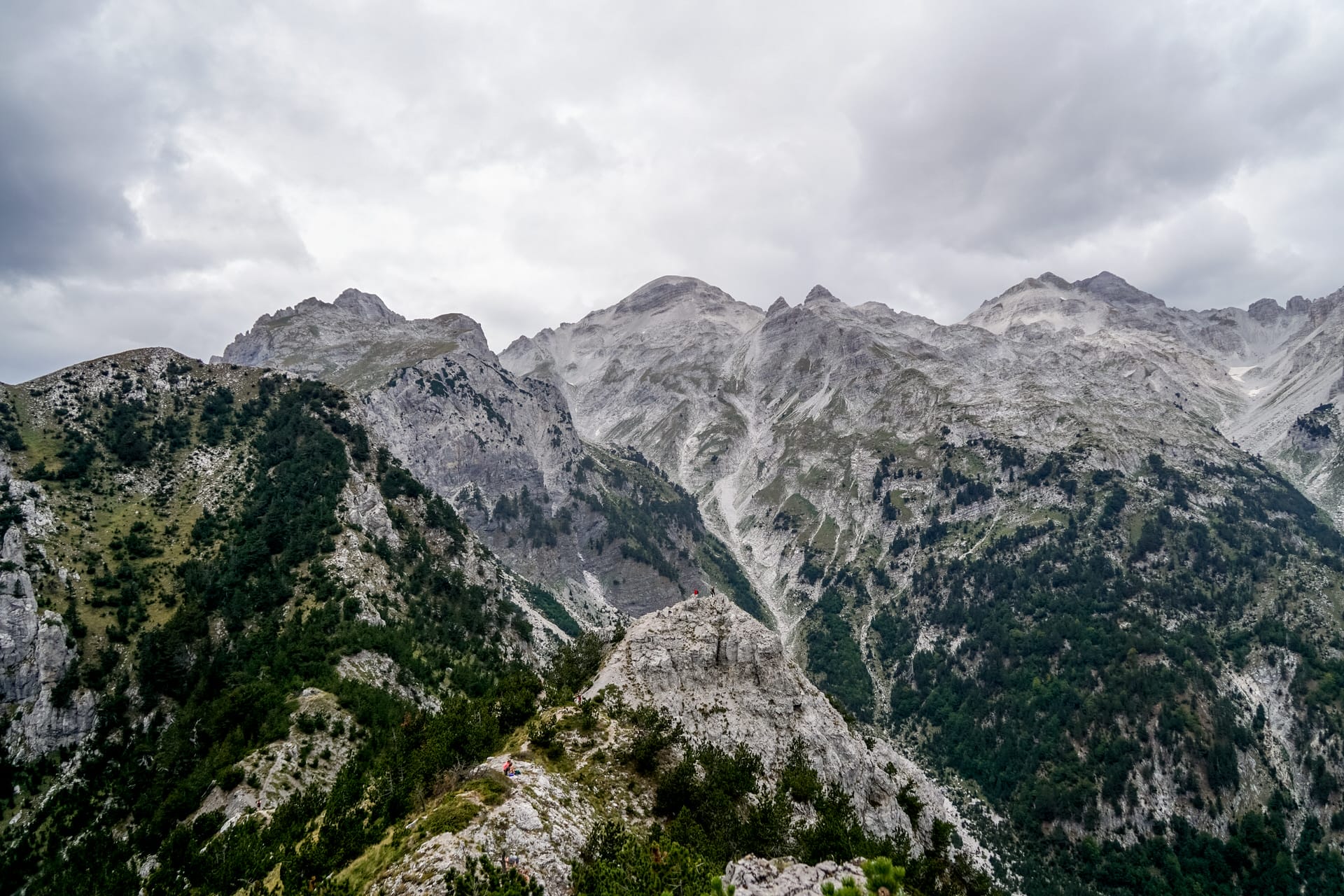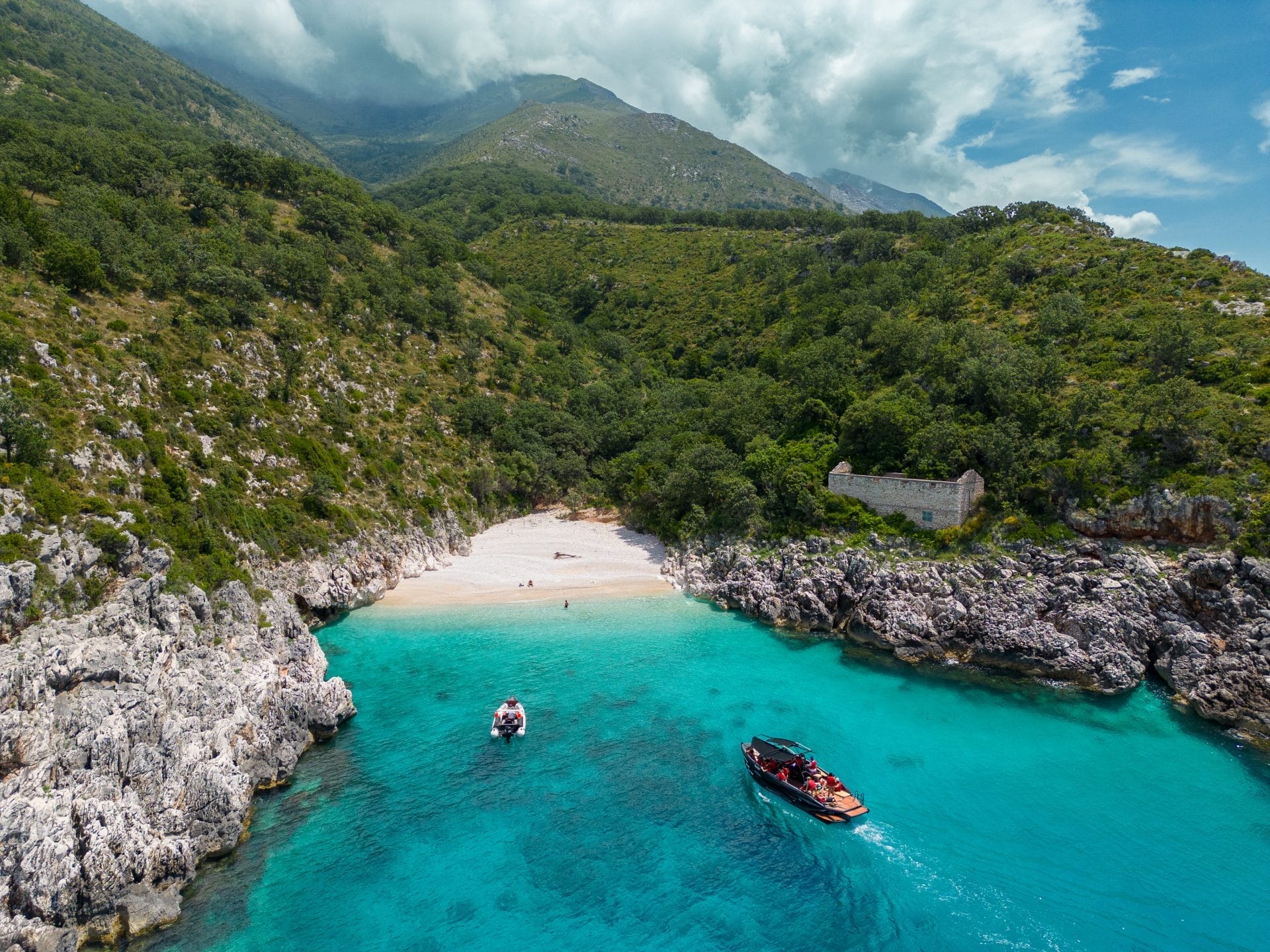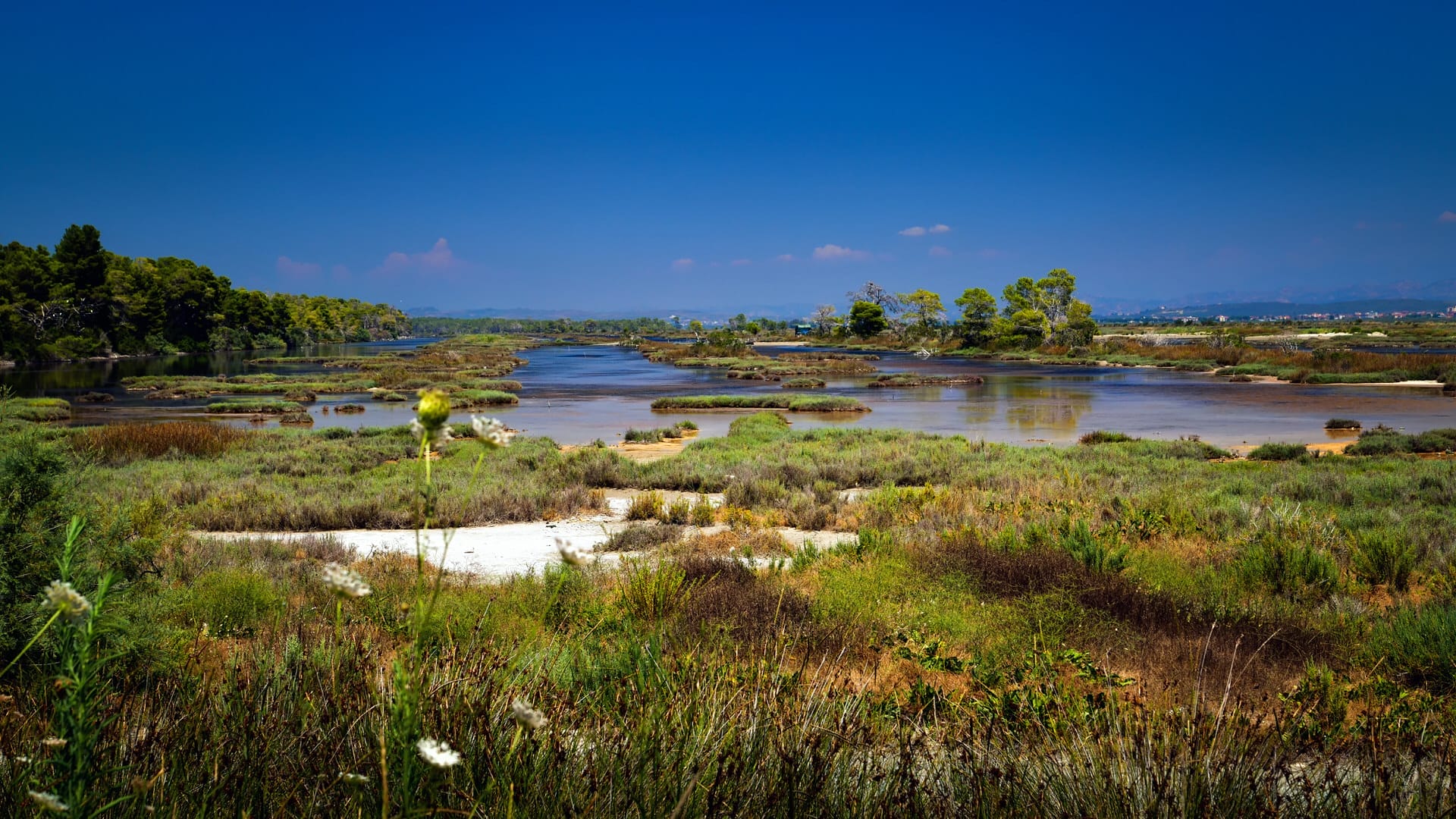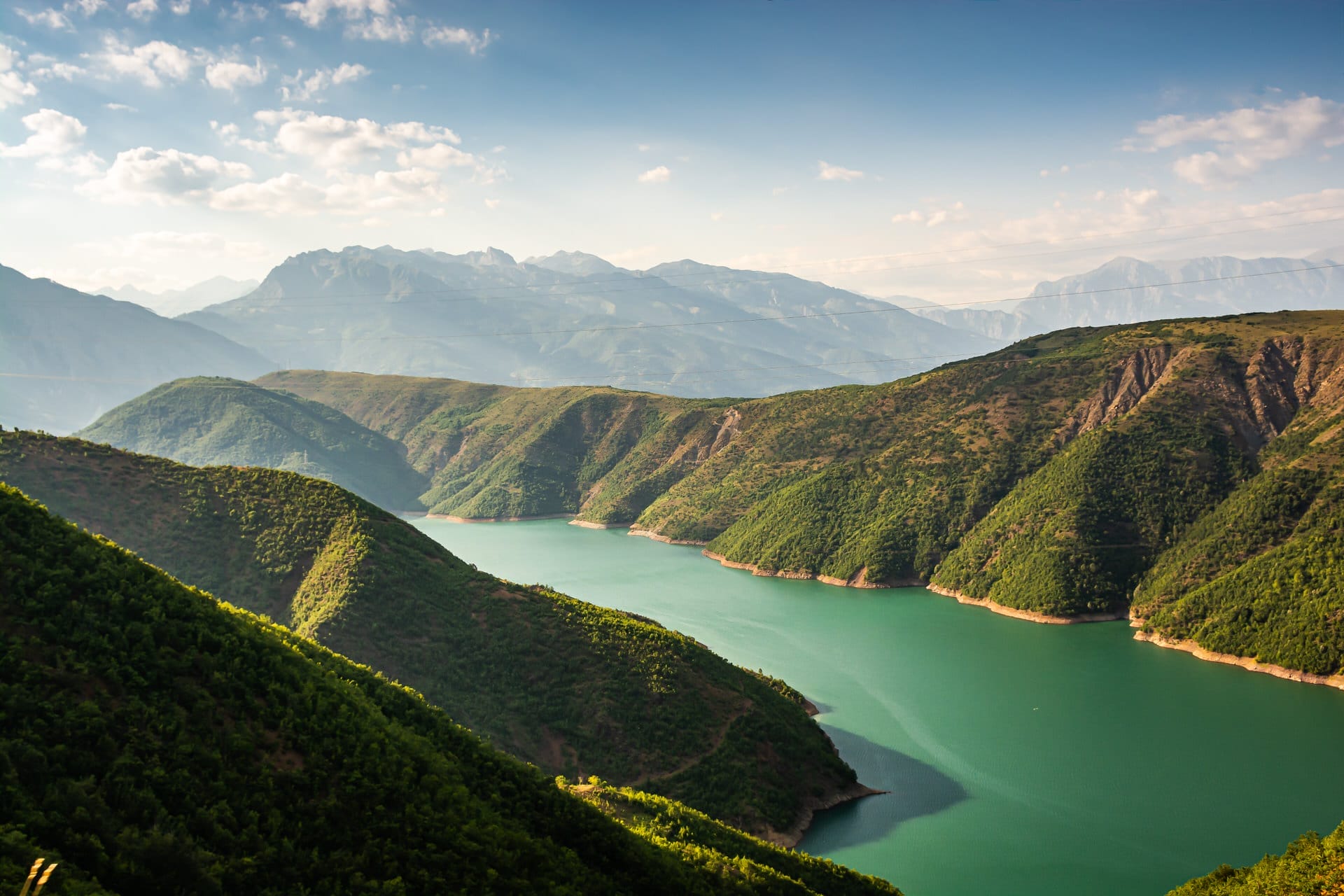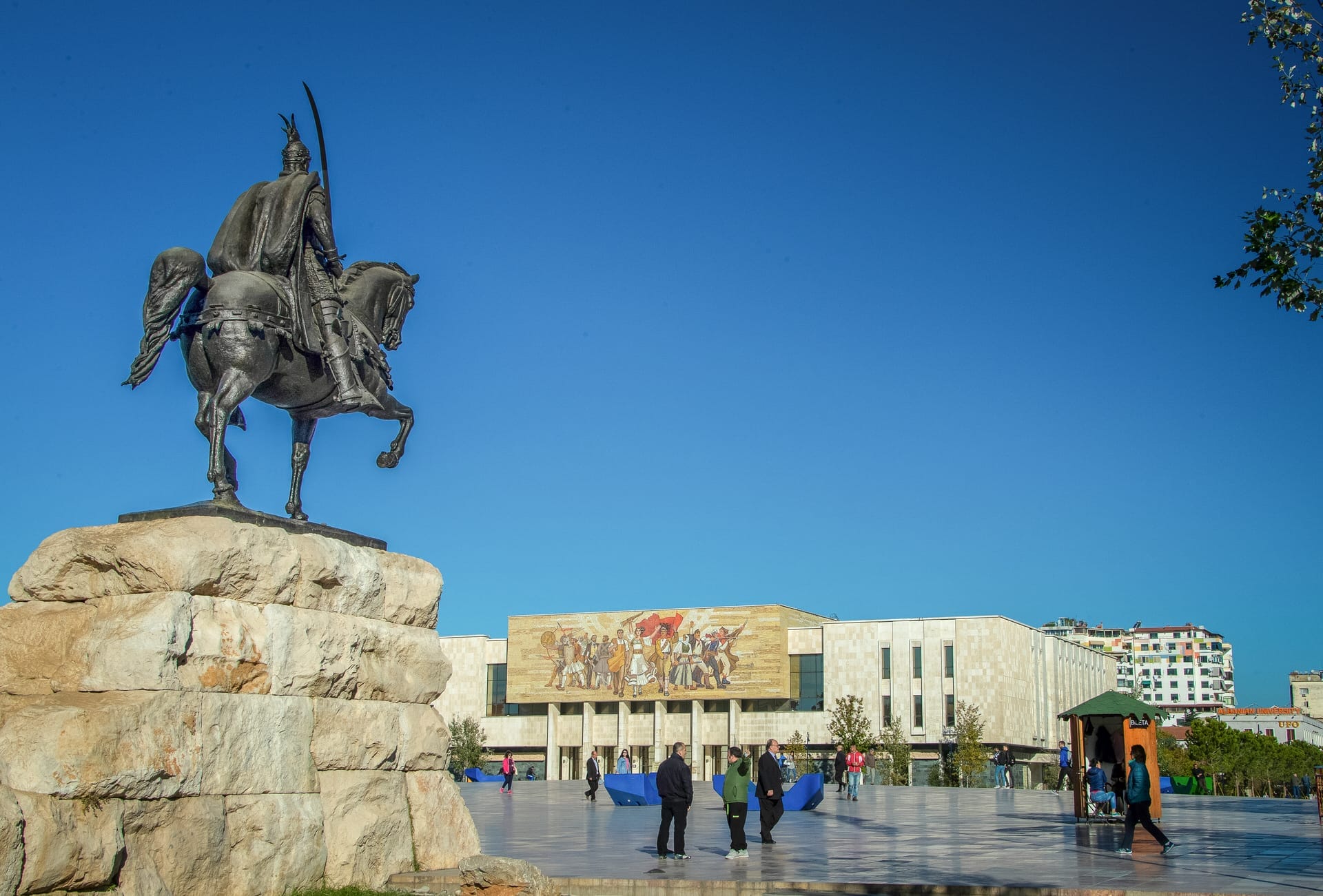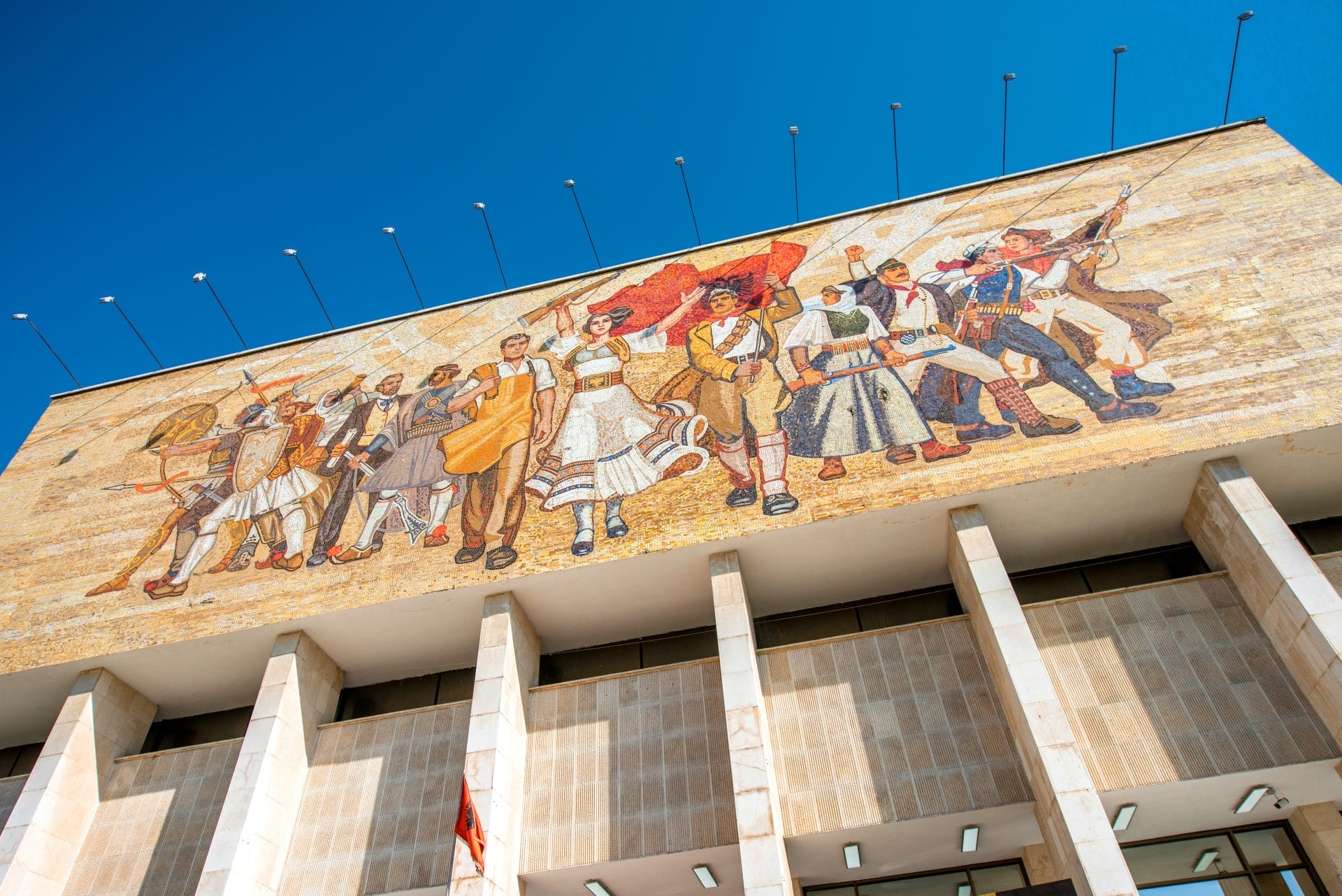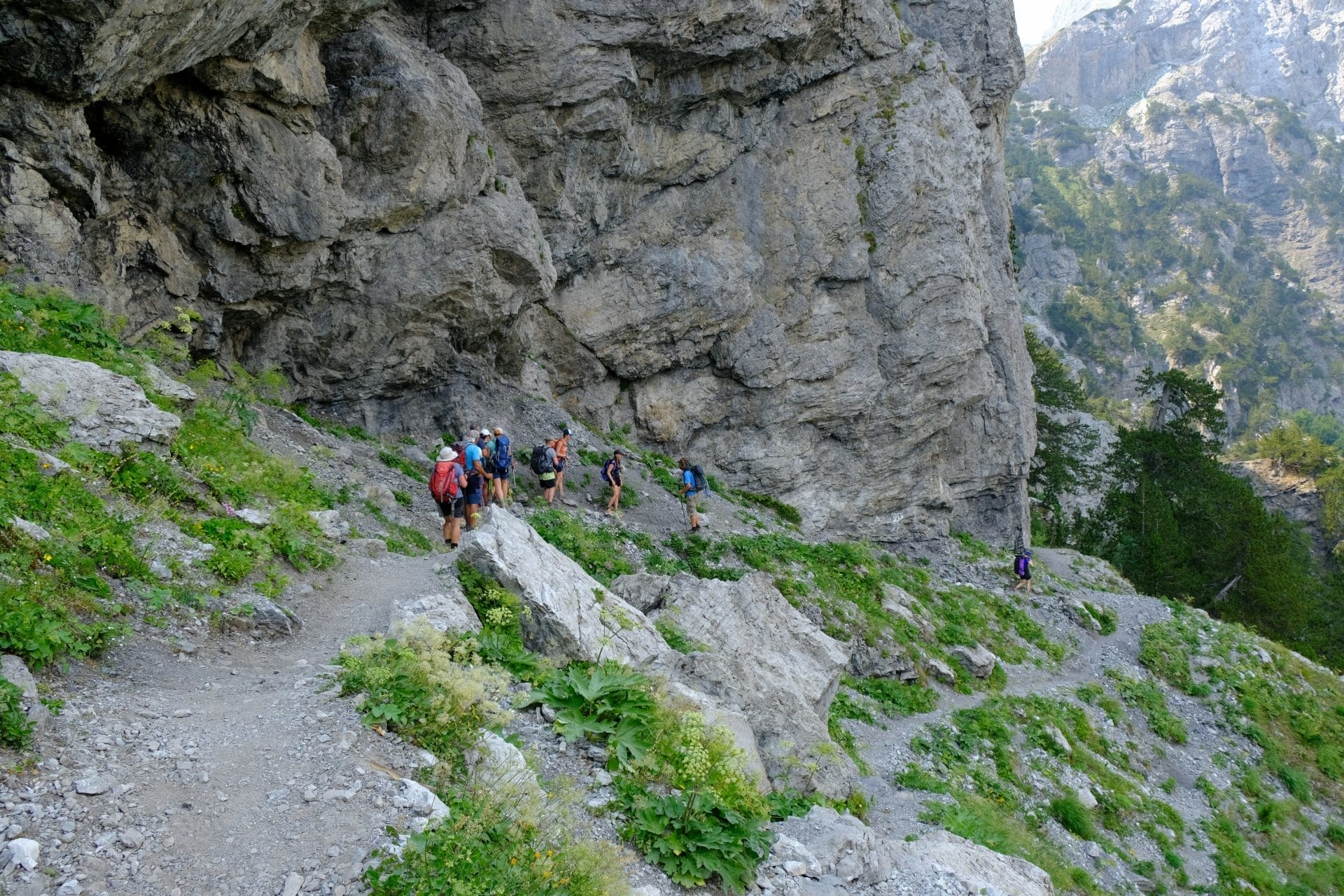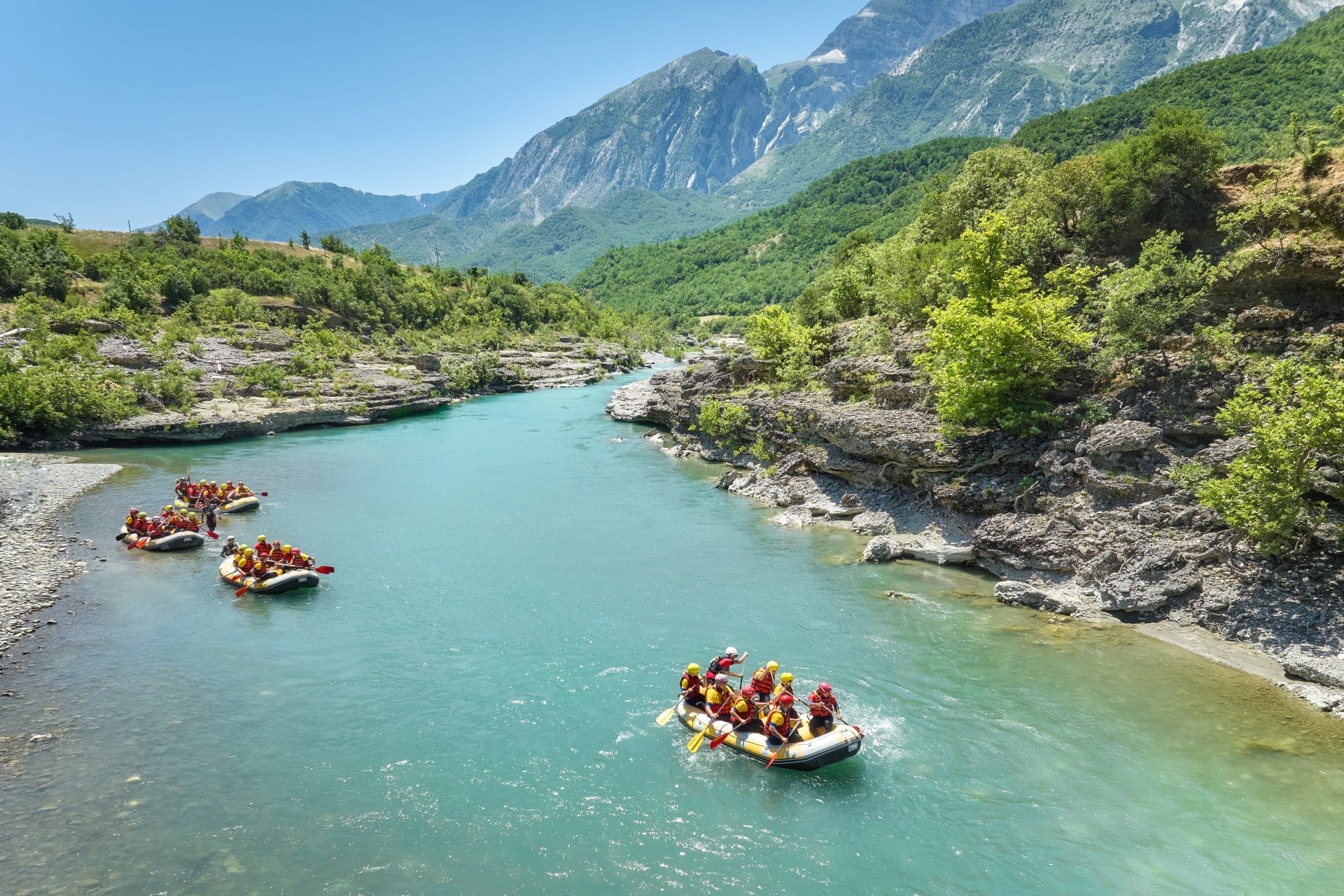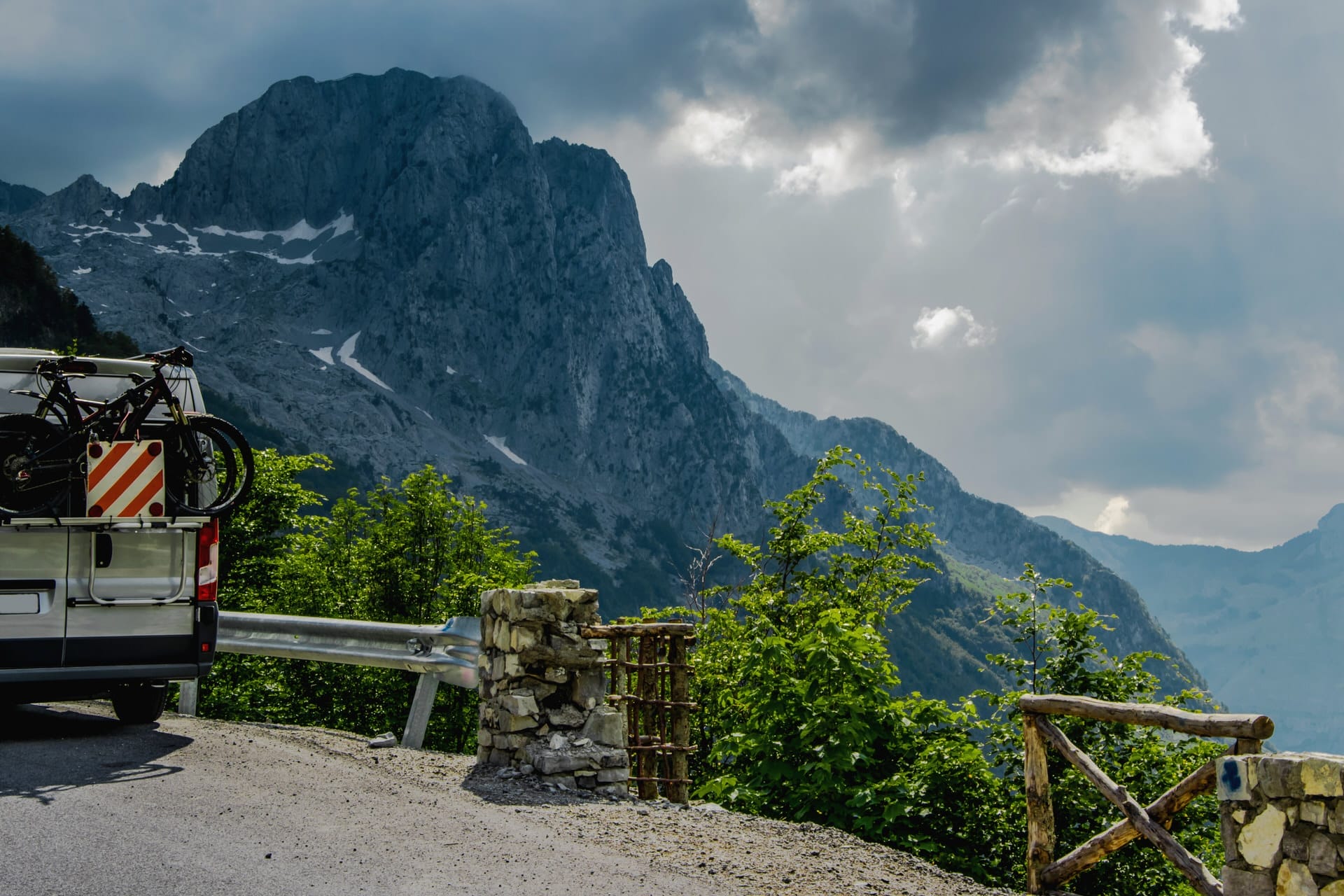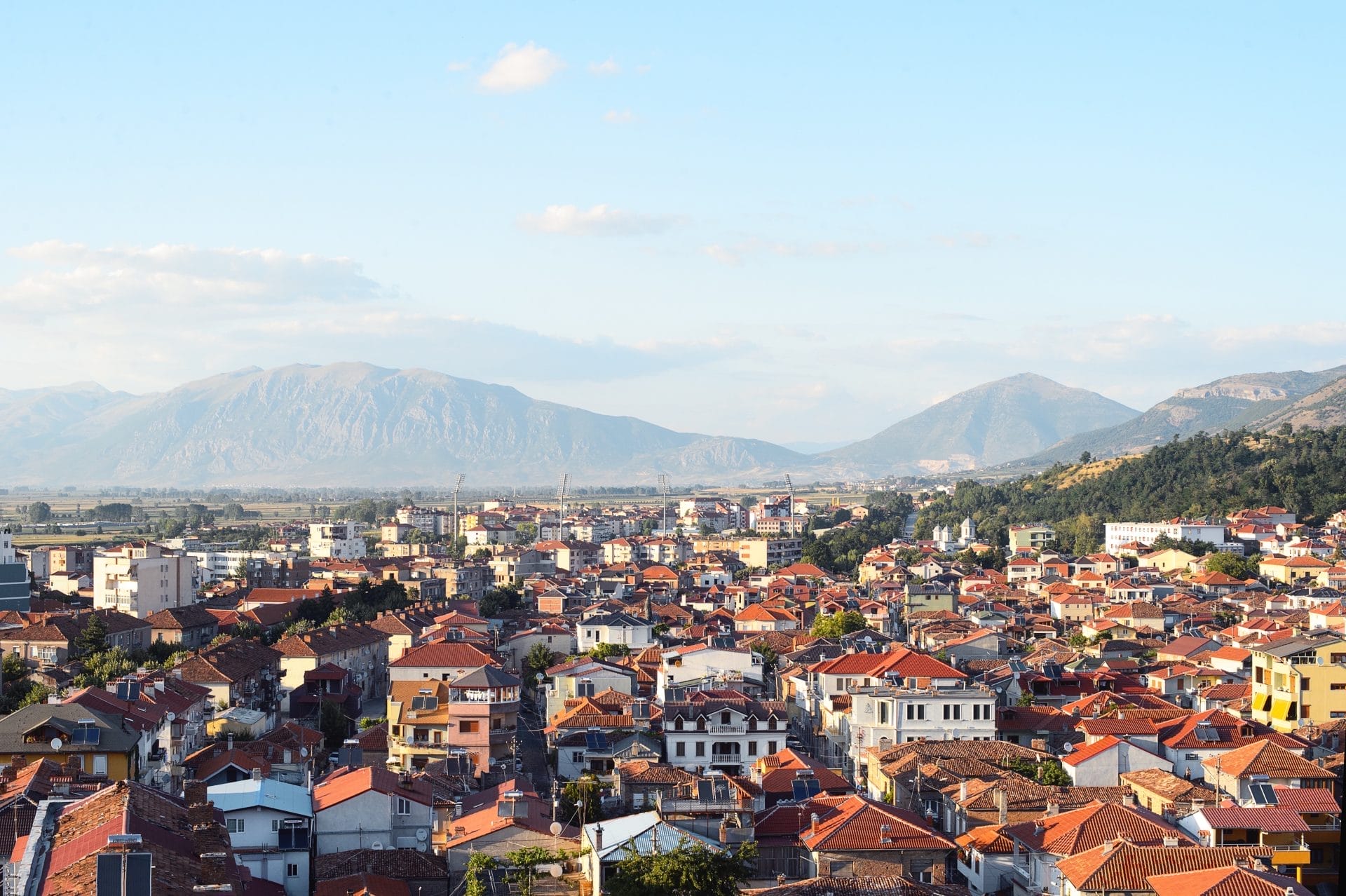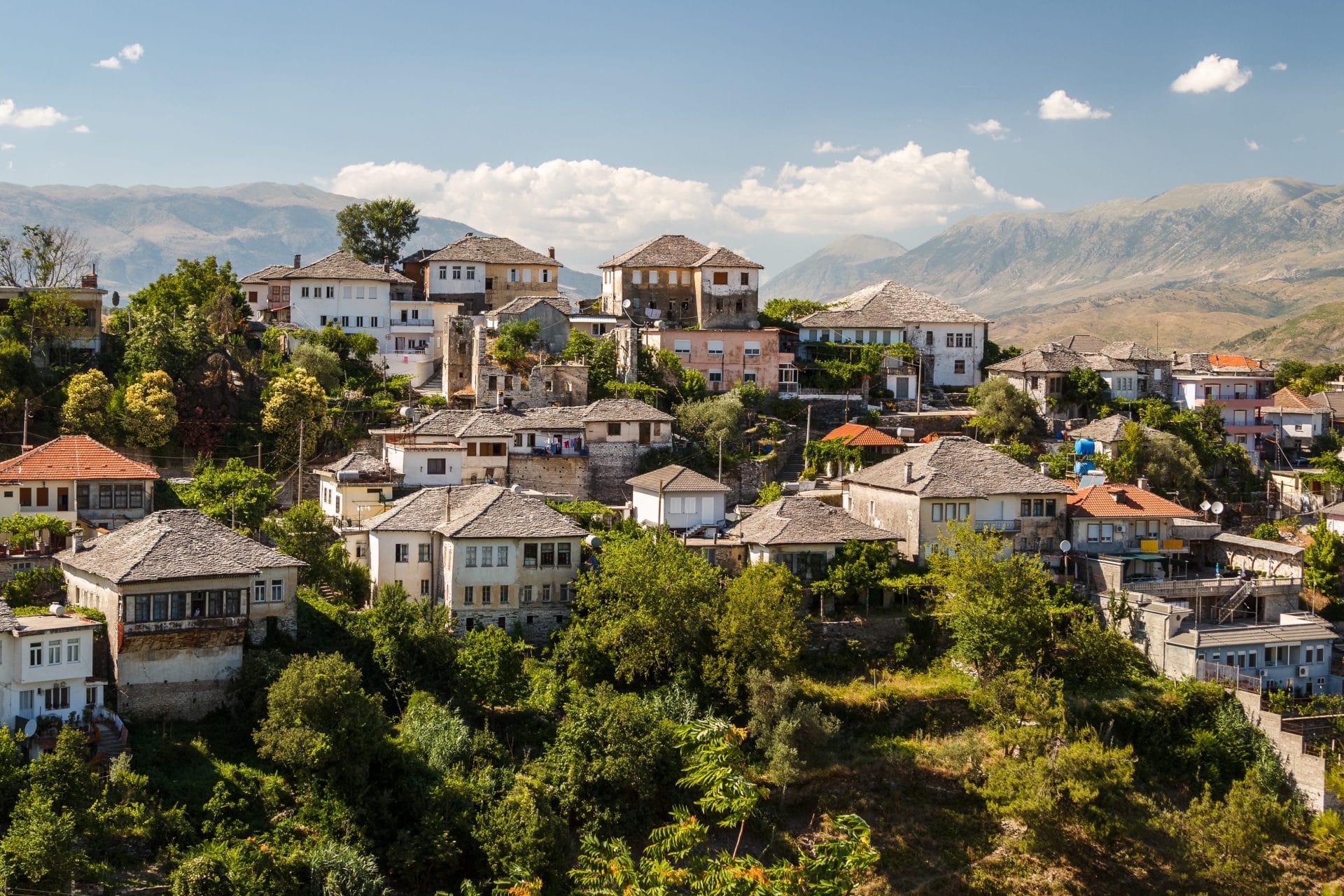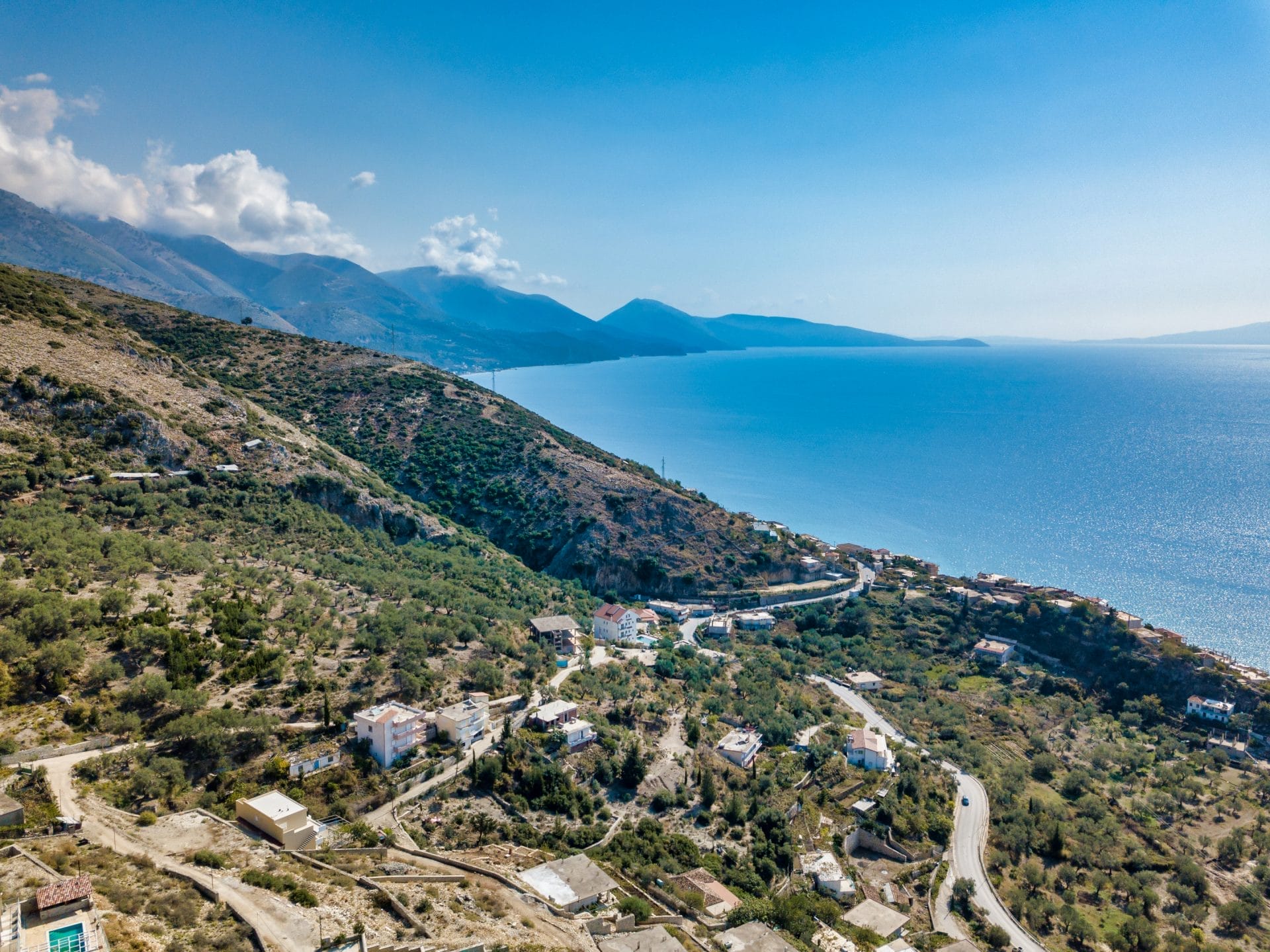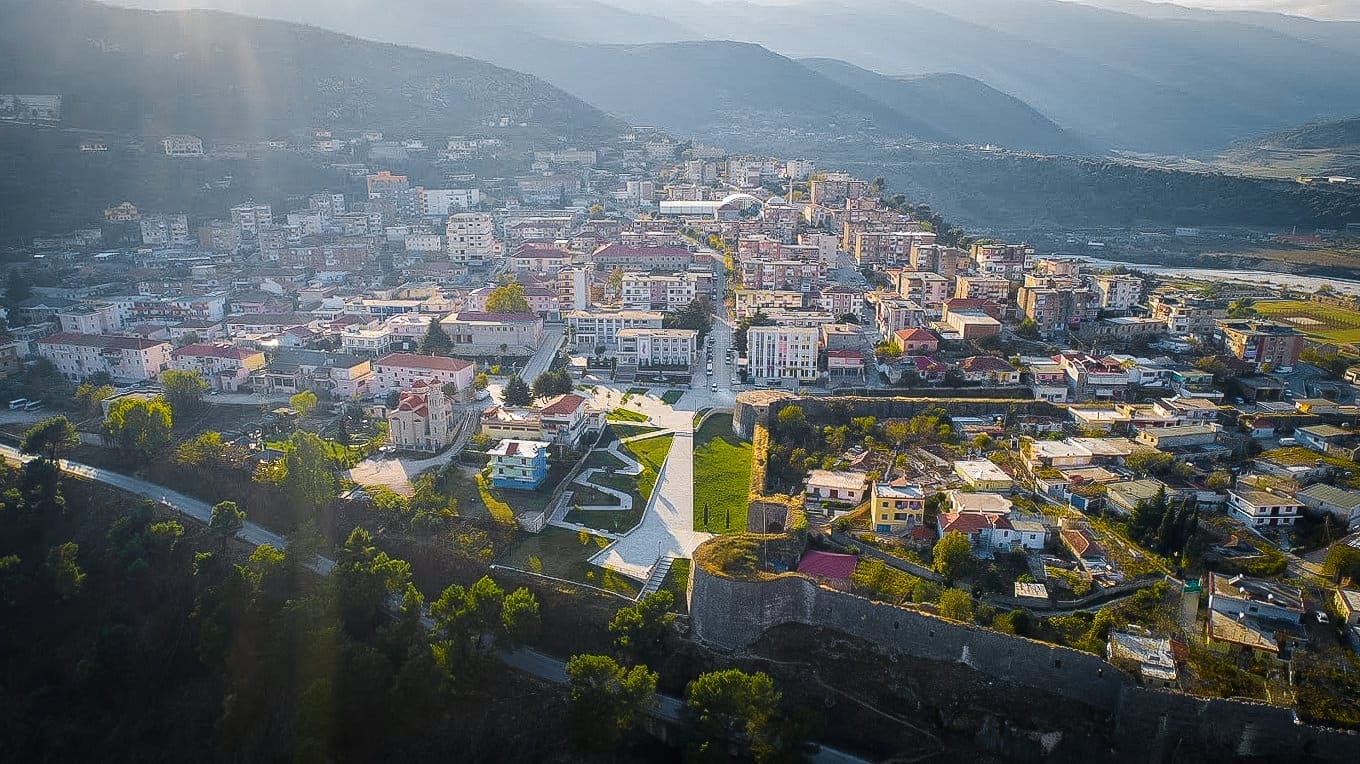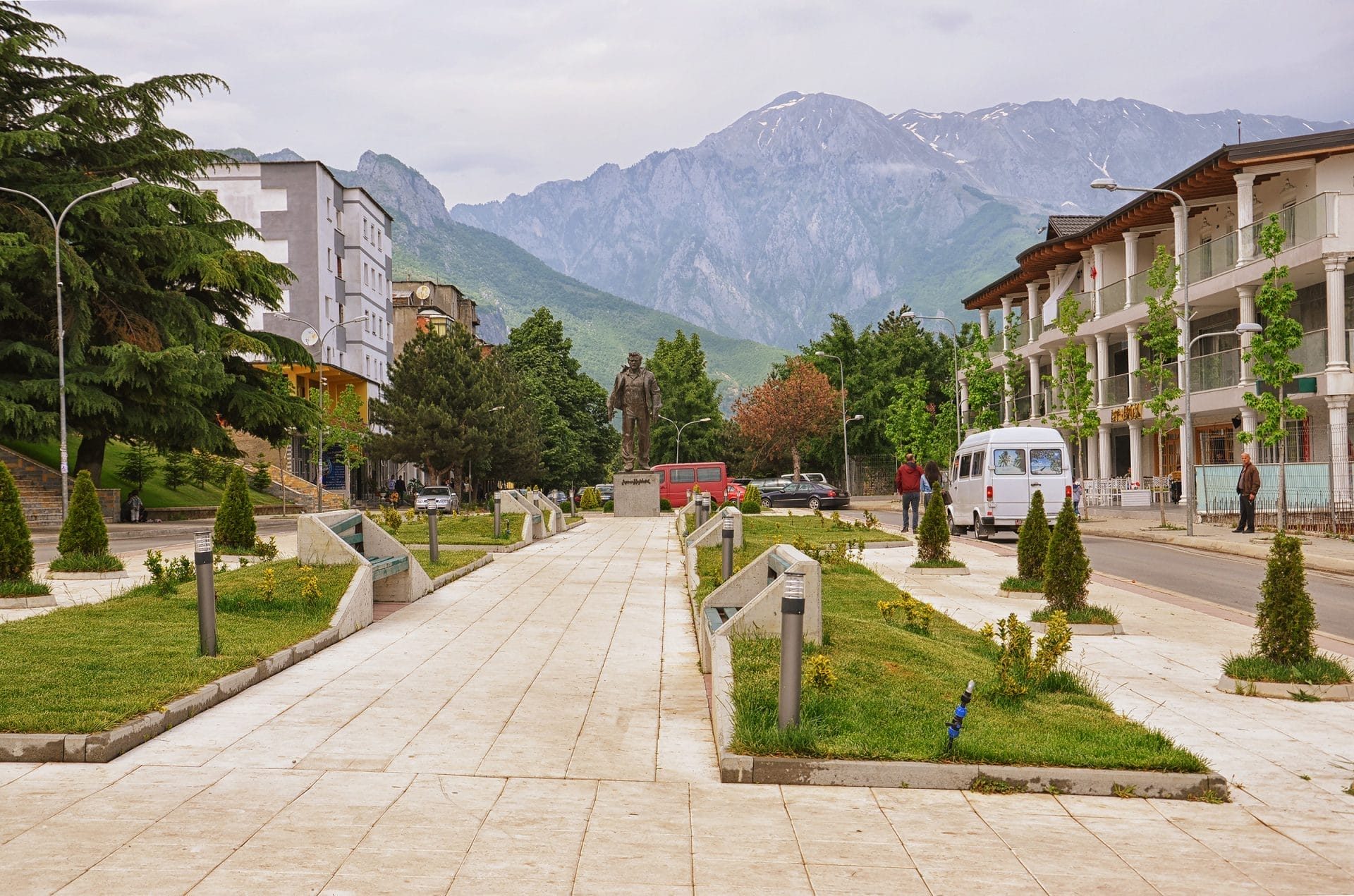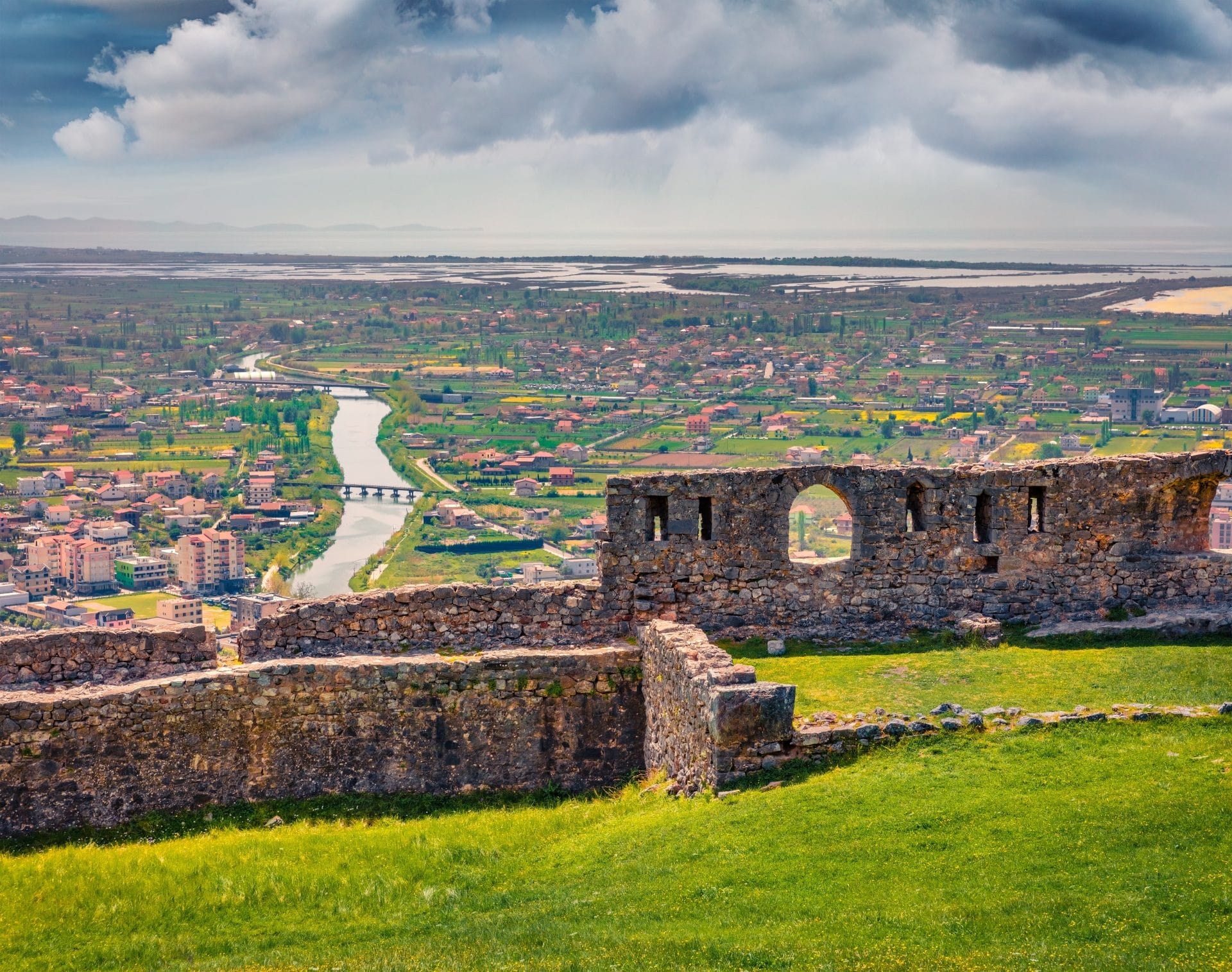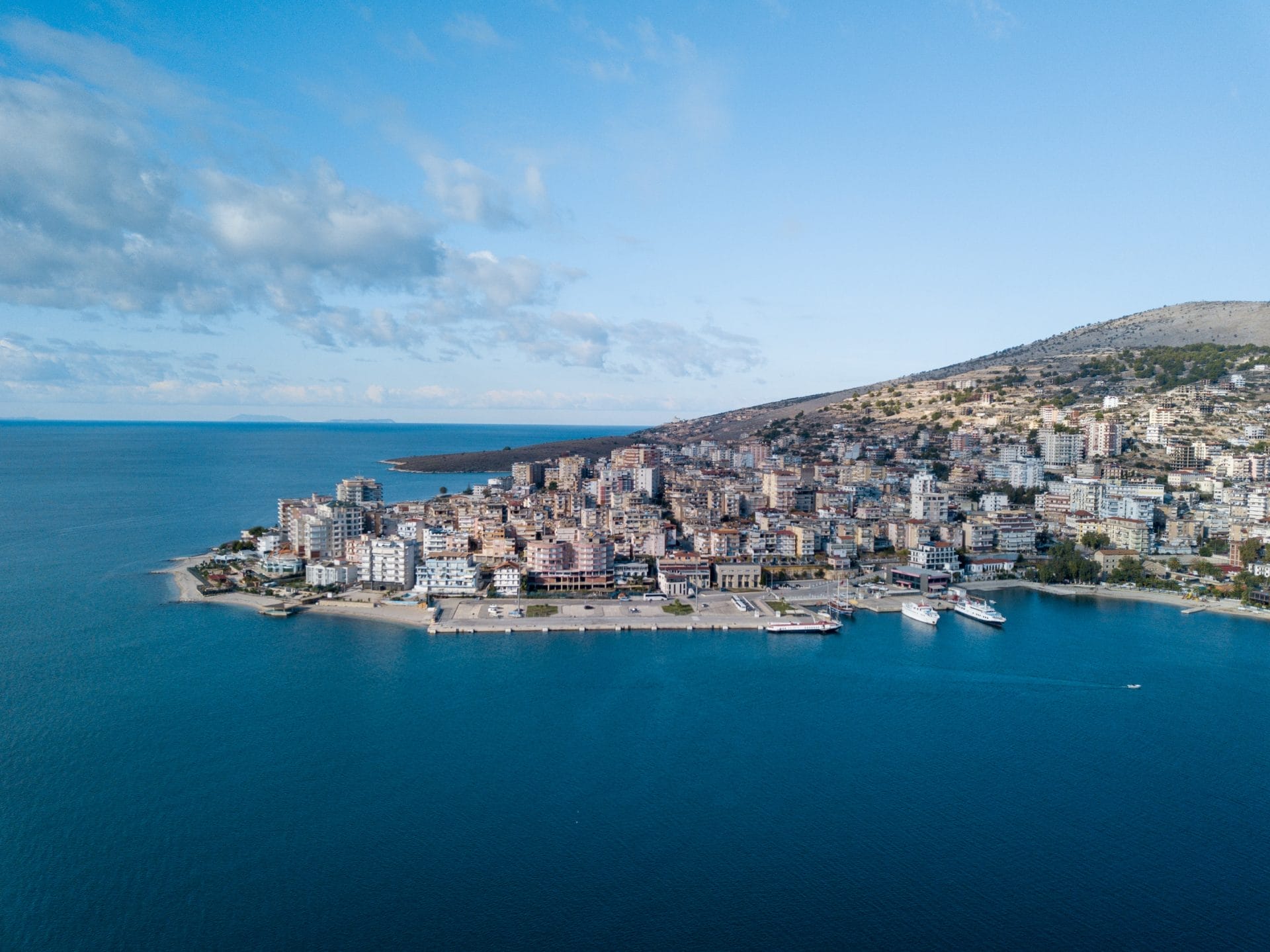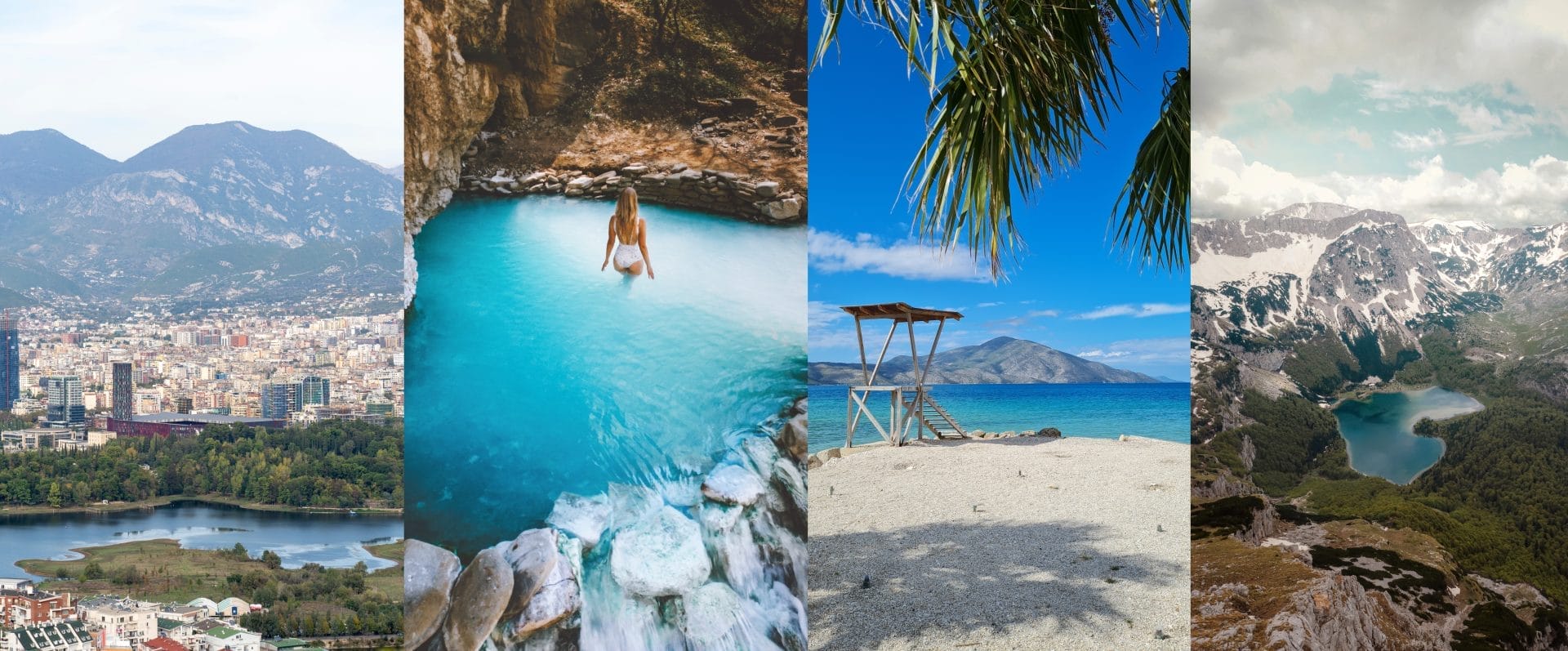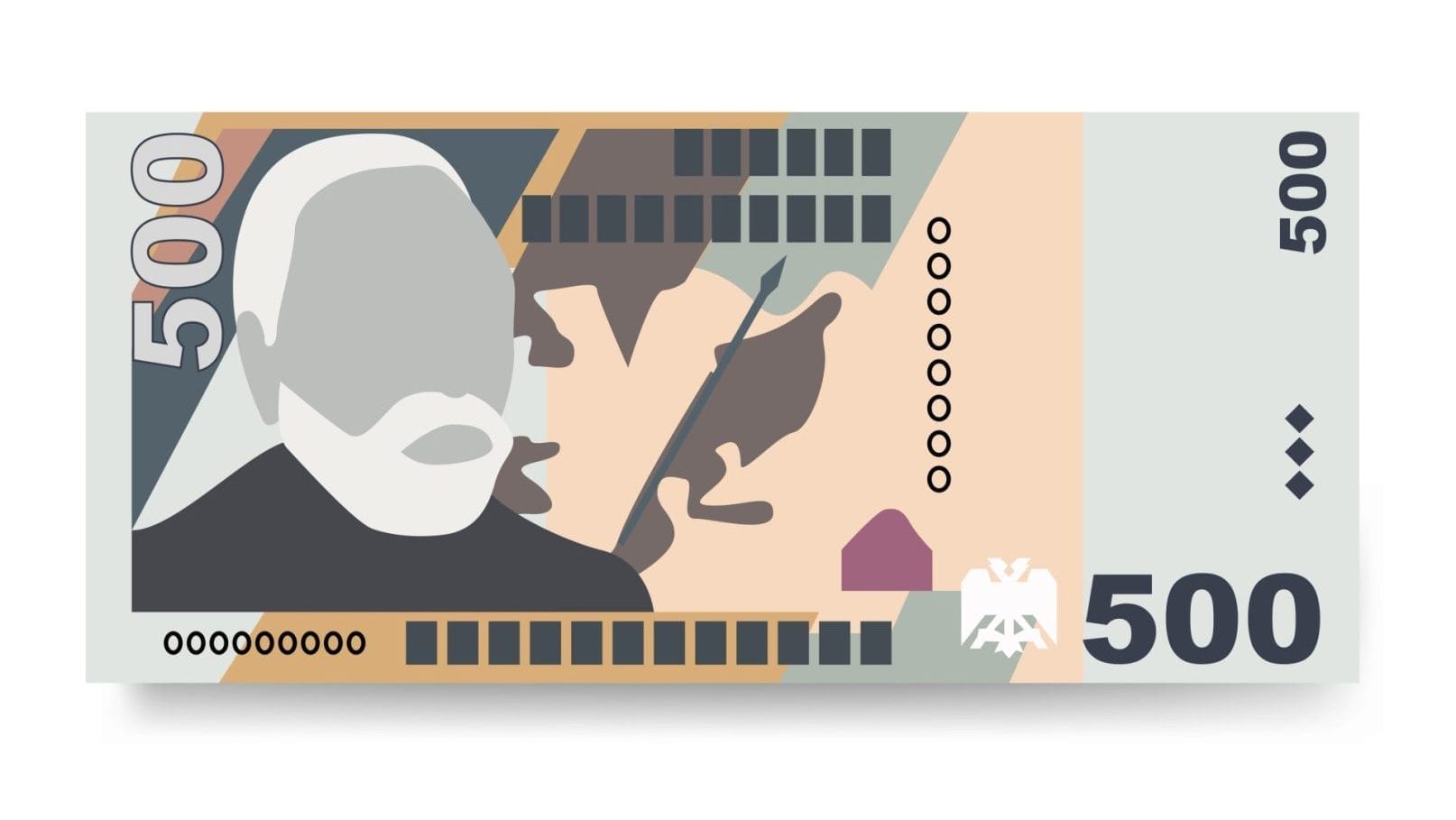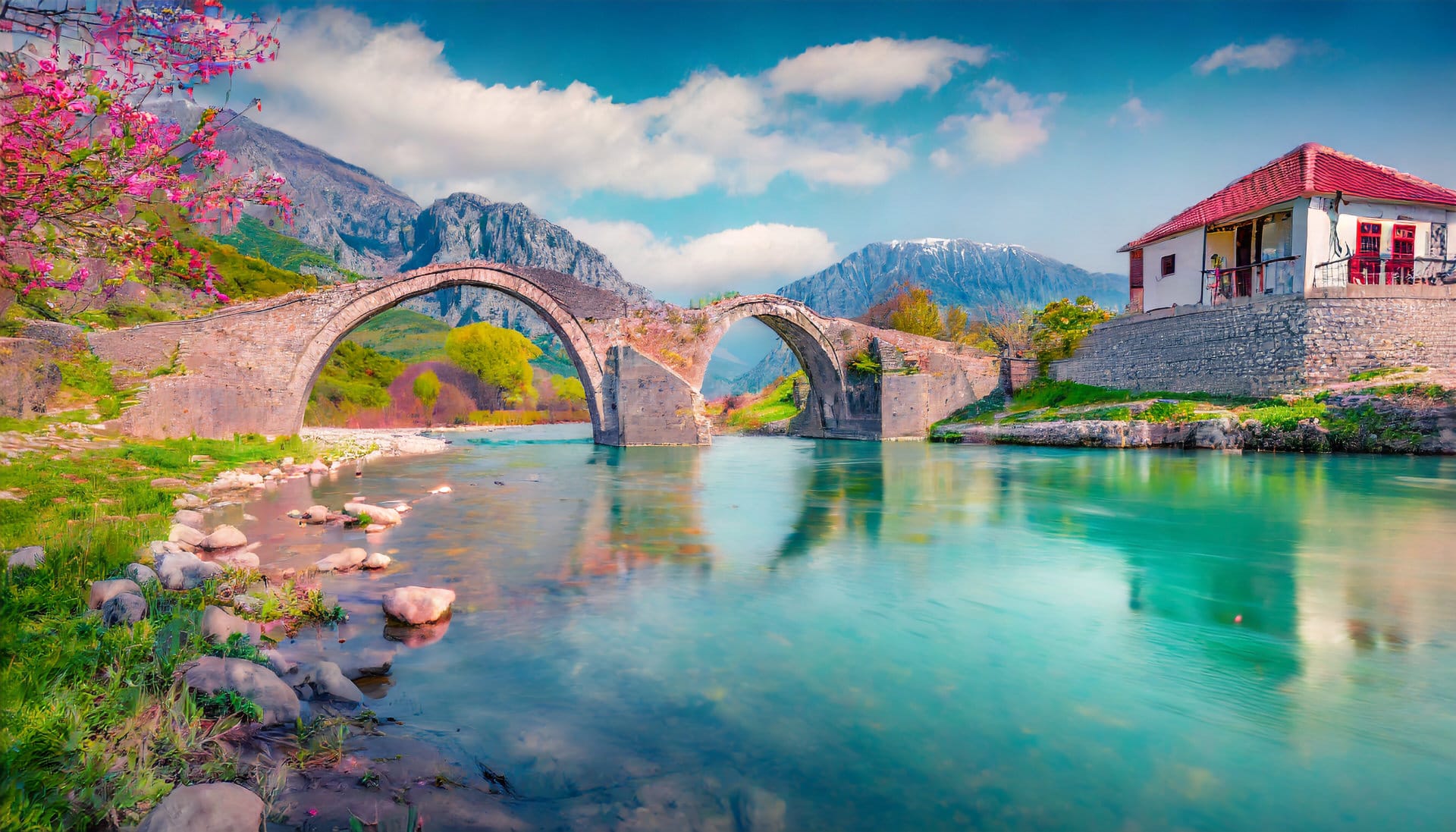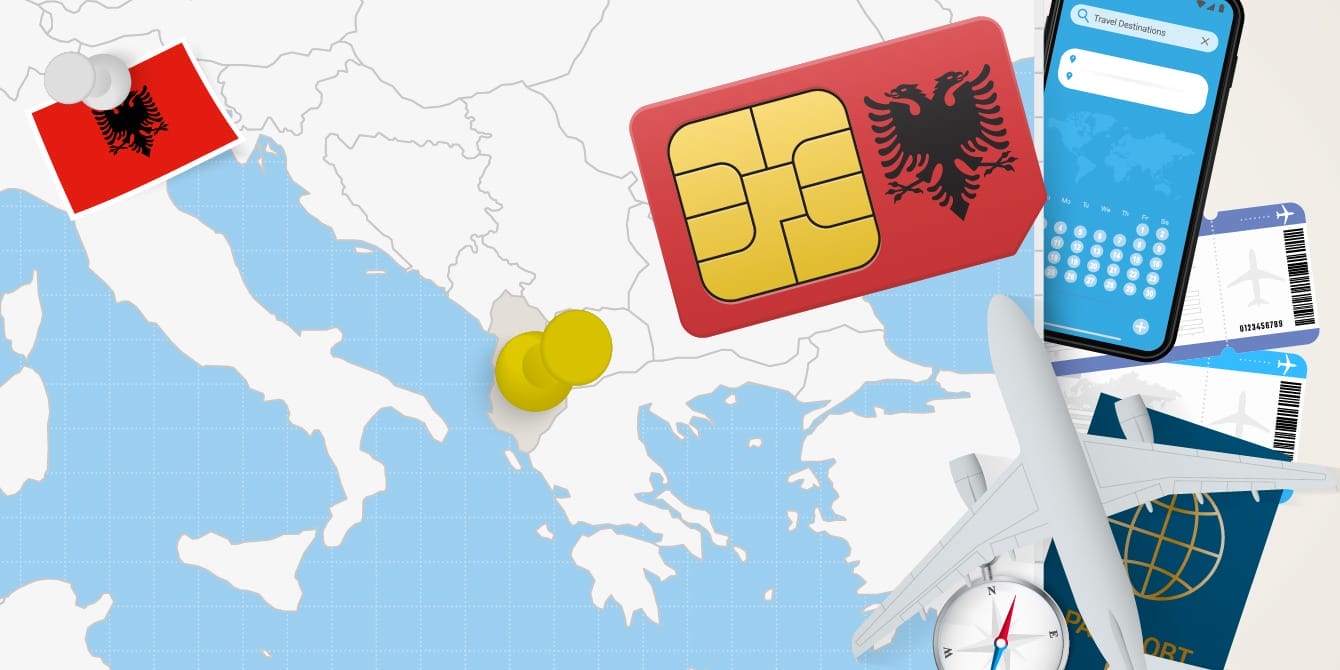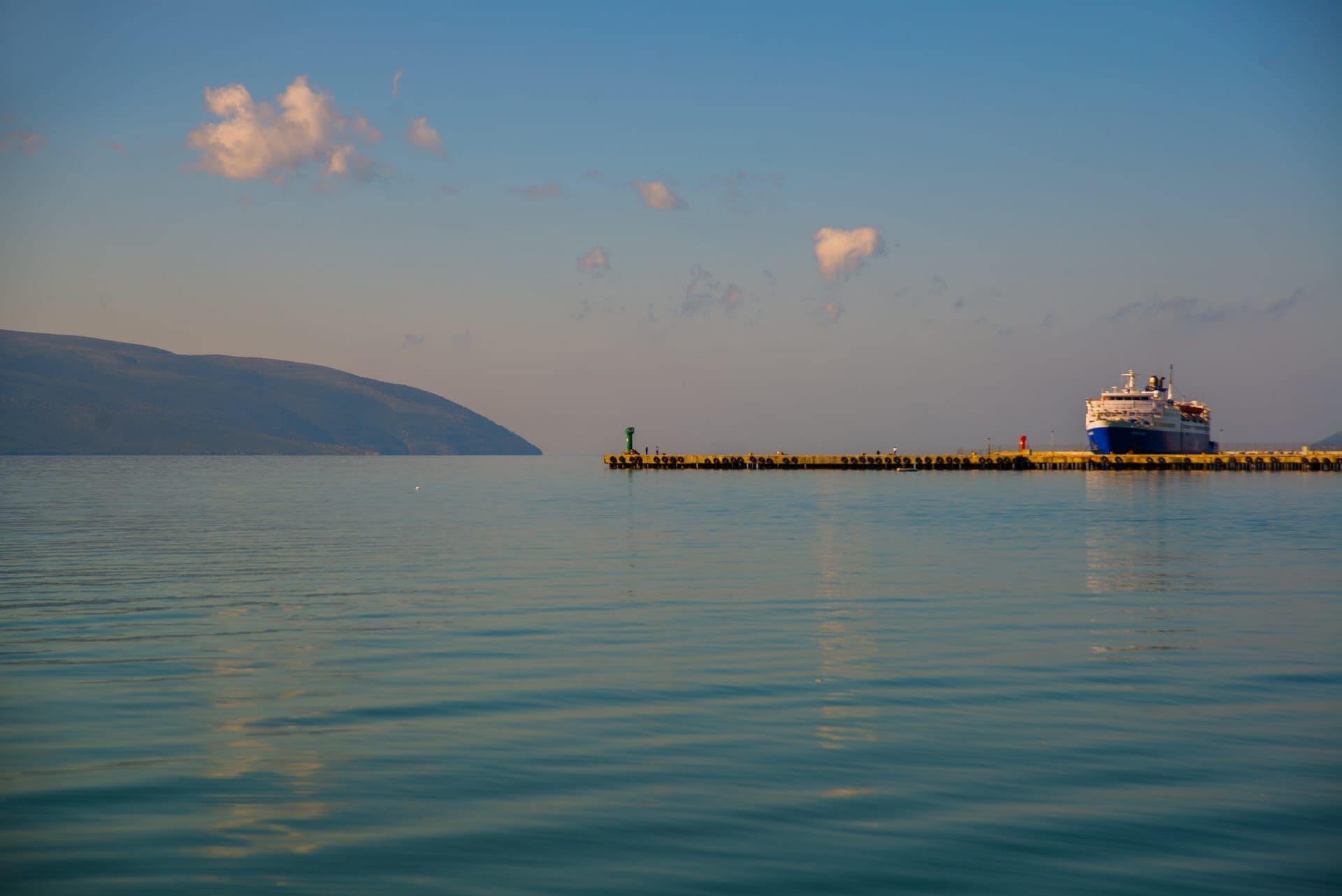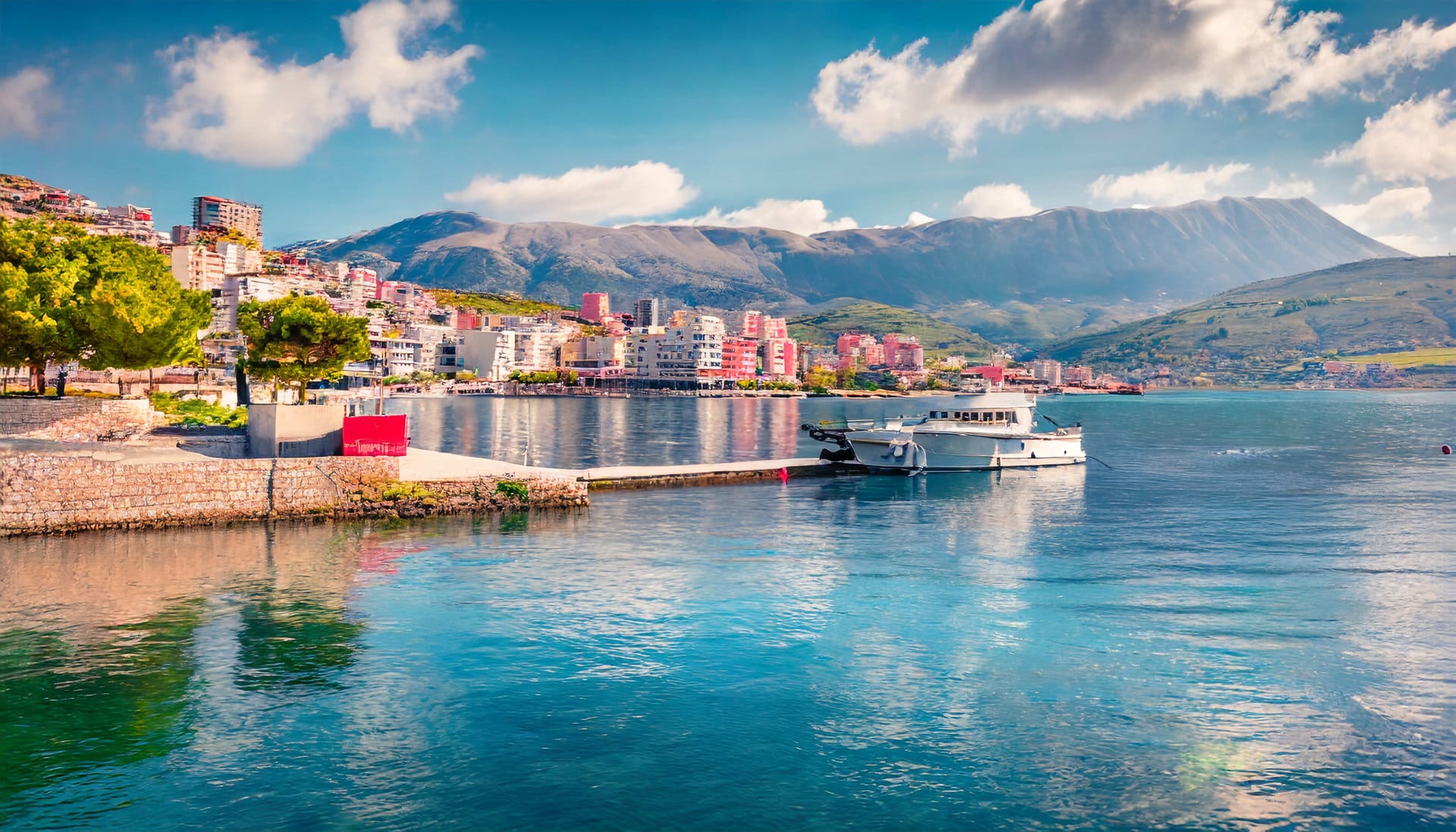
Albania’s Ancient Heritage
Our journey begins during the Bronze and Iron Ages when Illyrian tribes came to dominate the rugged lands of Albania.
These mysterious peoples constructed fortified citadels on strategic heights, controlling regional trade routes.
Archaeologists discovered ancient Illyrian artifacts like spiral jewelry, ornate helmets, and snake patterns.
Ruled by warrior kings, the Illyrians would resist outside domination for centuries.
Rome Arrives, and Illyria Falls
In 229 BCE, Roman forces clashed with Illyrian Queen Teuta, initiating nearly two centuries of conflict with the highlanders.
The defeat of the last Illyrian king by 168 BCE opened the way for complete Roman occupation and cultural assimilation.
Legacy of Indigenous Illyrians
But while dominated militarily, Rome did not fully assimilate the Illyrians.
Their language seeded the modern Albanian tongue. Ancient Illyrian crafts, music, and customs endured through centuries of foreign rule.
Echoes of old Illyria still resonate in the enduring heritage of Albania.
Ardiaei Highlanders of the North
In the Accursed Mountains of northern Albania dwelled the warlike Ardiaei tribe.
Their citadel of Shkodër controlled the Drin Valley, linking the Adriatic coast and interior Balkans.
Ardiaean rulers were buried in tombs adorned with imported Greek wares, signs of southern Hellenic influence.
Yet they retained their proud Illyrian customs, language, and autonomy against regional powers.
Central Powers of the Taulanti and Bylliones
The Taulanti tribe lived in the highlands of central Albania, with their major settlement near modern Elbasan called Scampis.
Southwards, the fortified citadel of Amantia served as the capital of the Balkans.
Since ancient times, this hill settlement controlled the valley that linked the Mediterranean to the plains.
Phoenice and the Chaones of the South
On the southern coast, the Chaones tribe established a maritime civilization ruled from Phoenice.
By the 4th century BCE, Phoenice had emerged as the prosperous capital of Epirus, its oracle venerated across the Greek world.
Lesser Tribes, Shared Identity
Other tribes, like the Enchelei and Labeates, also influenced Albania’s culture.
Central mountain tribes like the Albanoi lent their name to the modern nation.
Despite regional differences, these groups shared a common Illyrian language and heritage.
Greco-Illyrian Settlements
The southward expansion of Greek civilization brought colonies like Apollonia and Epidamnos (Durrës).
Unique Greco-Illyrian settlements emerged, where Hellenic culture overlaid native Illyrian identities.
The ruins display a mix of stone architecture and imported ceramics, which suggests diverse communities that coexisted for a long time.
Honoring Albania’s Past
Albania’s ancient cities capture its crossroads location and indigenous heritage.
The colorful history of Albania is a result of the centuries of interaction and conflict between Illyrians, Greeks, and Romans.
The ancient sagas of Albania’s tribes, displayed in its history museums, can still be heard throughout the country’s mountains, rivers, and ruins.

